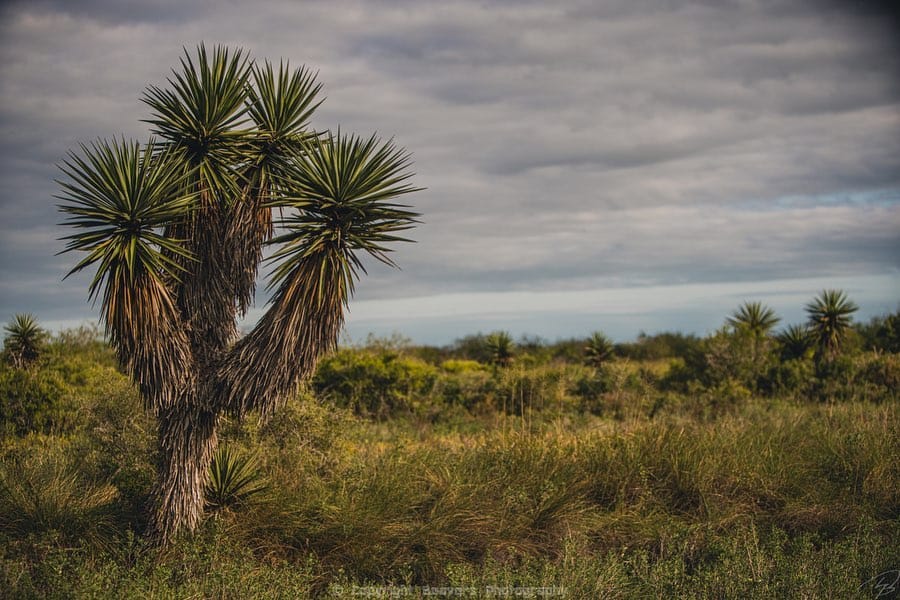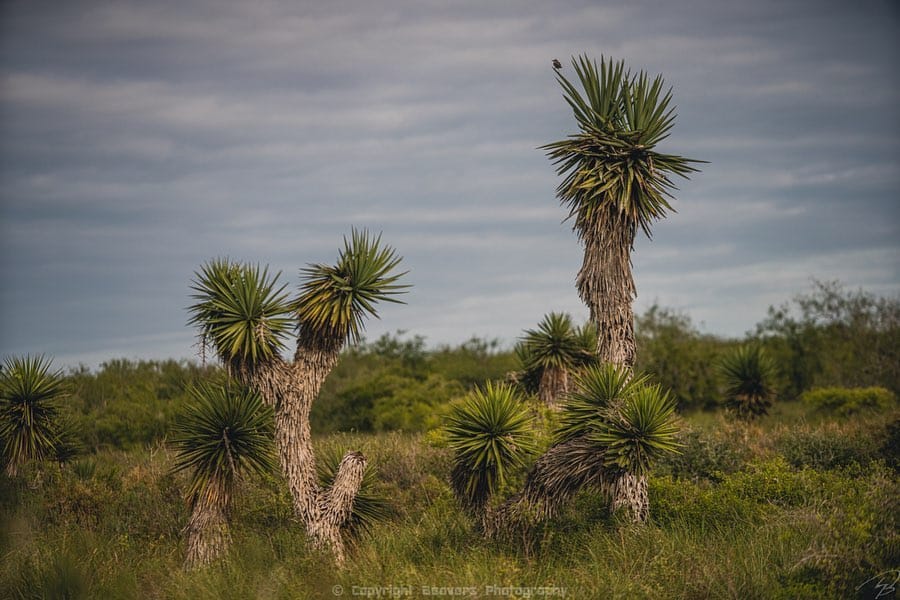Whisper quiet and lithe, the ocelot hunts prey on the coast of Texas. An endangered population of this small wildcat live in the brackish wetlands and thorn forests of the southern coast of Texas.
Ocelots are only one of the rare species to live in this incredible landscape where saltwater and freshwater, dense foliage and wetlands meet. The landscape is not typical of Texas, or really anywhere else in the world, and you can see it for yourself thanks to the Laguna Atascosa Wildlife Refuge.
The refuge is a bit remote. The nearest major city is San Antonio, and that’s over four hours away by car. Most visitors to the area miss the park entirely, opting to party and relax on the beaches of nearby South Padre Island.
The land is also vaguely dangerous. Mountain Lion sightings are common, alligators sunbath in the marshy water and the heat can take you by surprise– it’s a mere 30 miles from the Mexican boarder.

The region is a habitat made up of thorn forest and freshwater wetlands, wind-blow clay dunes called lomas, mudflats, beaches and coastal prairies.
The refuge was established in 1946 and encompasses more than 97,000 acres. Portions of the refuge are open for wildlife watching, hunting, fishing, photography and environmental education.
Wildlife Like No Where Else
The stats say it all: 417 species of birds, 45 mammals, 44 types of reptiles, 130 species of butterflies and 450 plant species. This patch of deep southern Texas is considered to be one of the most biologically diverse regions in North America, partially because of the one-of-a-kind environment.
White-tailed deer, coyotes, and hogs known as collared peccary or javelina are common. A few of the more elusive mammals in the sanctuary include grey foxes, long-tailed weasels, Mexican free tail bats and one of only two remaining breeding populations of ocelots in the United States.
The refuge is a haven for rare bird species. More than 250,000 ducks visit the refuge in November alone. The Laguna Atascosa refuge is integral to the migration patterns of ducks and many other bird species. If migrating birds head too far east, they must journey over the Gulf of Mexico without anywhere to rest. Too far to the west and they’re over the desert. The refuge is a key resting spot for migrating birds.
Depending on the season, you might see waterfowl, Neotropical songbirds including painted buntings, Bullock’s oriole, warblers and hummingbirds. Songbirds of all types and fierce raptors, including peregrine falcon and aplomado falcon also frequent the refuge.
If You Go
GPS has a difficult time finding the exact entrance of the refuge, but the Laguna Atascosa Refuge webiste has details on the easiest routes into the park. The latitude/longitude for the visitor center is 26.229081, -97.347231 and the physical address of the Visitor Center is 22688 Buena Vista Blvd., Los Fresnos, TX 78566.
The park is open every day from sunrise to sunset. The park fee is $3 per vehicle. You can pay in the visitor center with cash or a check however no cards are accepted. The visitor center is not always open but the entry fee can be paid with exact change at a self-pay kiosk located outside the visitor center front doors.
Wear good hiking shoes and bring plenty of water, sunblock and your camera– you’re in a refuge like no where else.







